Assessing the acceptability and adoptability of HIV-1 PrEP technologies among African American women in the SE US
Using Qualitative Methods to Understand Issues in HIV Prevention, Care and Treatment in the United States CHANGE REQUEST to Mitigate COVID-19 Risks: Using Qualitative Methods [...]
Att 3c_In-depth Interview Guide
Assessing the acceptability and adoptability of HIV-1 PrEP technologies among African American women in the SE US
OMB: 0920-1091

Form
Approved
OMB
No. 0920-1091
Exp.
Date 08/31/2021
Attachment 3c In-depth Interview (IDI) Guide
Assessing the acceptability and adoptability of HIV-1 pre-exposure prophylaxis (PrEP) technologies with and without contraceptive formulation among African American women in the southeastern United States
Public reporting burden of this collection of information is estimated to average 60 minutes per response, including the time for reviewing instructions, searching existing data sources, gathering and maintaining the data needed, and completing and reviewing the collection of information. An agency may not conduct or sponsor, and a person is not required to respond to a collection of information unless it displays a currently valid OMB control number. Send comments regarding this burden estimate or any other aspect of this collection of information, including suggestions for reducing this burden to CDC/ATSDR Reports Clearance Officer; 1600 Clifton Road NE, MS D-74, Atlanta, Georgia 30333; ATTN: PRA (0920-1091).
In-depth Interview (IDI) Semi-structured Guide
INTRODUCTION |
Thank you for agreeing to take part in this interview. Because there will be a lot of information that I will not be able to remember in detail or write down, I would like to audio record this interview. Your name will not be linked to any or your responses. If you should mention another person’s name, we will omit the name from the transcript.
There are no right or wrong answers to any of the questions that I will be asking you. I really am interested in learning about how you see things and what your experiences have been. I would like you to be as honest as you are comfortable being so that we can get the best information possible. Please remember that your participation is voluntary. You do not have to answer any questions that you do not wish to answer, and you are free to leave/stop interview at any time. There will be time after the interview to address any questions or comments that you might have.
I will begin audio-recording the interview now. Is that okay?
INSTRUCTIONS TO THE INTERVIEWER:
|
OBJECTIVE 2: Explore behavioral, psychological, interpersonal, and sociocultural factors that influence decisions about whether or not an HIV 1 biomedical intervention can and should be considered. |
Let’s start by talking about contraception. To make sure that we are on the same page, I am talking about methods used by sexually active women to avoid getting pregnant. I am asking questions in terms of your personal thoughts, behaviors, and feelings. However, if you are more comfortable talking about what other women, such as friends or family, think or do, please do so.
What do you think about when considering a birth control method?
What was has been most important to you in selecting a birth control method?
What types of birth control methods would you not consider using?
What makes this a/these method(s) no-go(es) for you?
In your opinion, what is the most difficult part of using birth control?
Tell me about any discussions that you have had with a doctor or nurse about pregnancy prevention.
If you were talking to other women you know, such as family, friends or co-workers, how would you explain what the term “reproductive health” means?
How would your description of reproductive health compare to an explanation that you might give them about “sexual health”?
For the purposes of this study, think of sexual health broadly in terms of physical, emotional, mental and social well-being as it relates to your sexuality.
How do you think women usually get information on sexual health?
In general, how useful do you think the information that women receive is?
What types of information would be more useful to women?
Describe sexual health services that you have used?
OBJECTIVE 2: Explore behavioral, psychological, interpersonal, and socio-cultural factors that influence decisions about whether or not an HIV-1 biomedical intervention can and should be considered. |
Now, I would like to talk about infections that might be due to sexual activity.
What steps, if any, do you take to protect yourself against STDs (sexual transmitted diseases)?
How are these steps possibly related to steps taken to avoid pregnancy?
Tell me about any discussions that you have had with a doctor or nurse about preventing STDs, including HIV.
OBJECTIVE 1: Describe knowledge of PrEP and gain practical insights on how acceptance of HIV-1 biomedical prevention technologies is arrived at by targeted end-users and how this may influence adoptability. |
Now, I would like to talk about HIV.
What steps, if any, do you take to protect yourself against HIV?
Imagine that we have available a way to effectively protect women against unwanted pregnancy, HIV, and STDs. We are now going to talk about products for preventing HIV. These would be products that were developed by a drug company and eventually made available to women by a doctor, a pharmacy, or drug store.
First, please tell me what you have heard about a pill that is taken daily to prevent HIV infection. This pill is referred to as oral PrEP.
OBJECTIVE 1: Describe knowledge of PrEP and gain practical insights on how acceptance of HIV-1 biomedical prevention technologies is arrived at by targeted end-users and how this may influence adoptability. |
Next, I am going to tell you a little bit about 3 products to help prevent HIV among women (Appendix G). These products are either in early phases of development or they are being tested in human trials. One of these products may also be used to prevent pregnancy. For each product I will ask you the same set of questions.
INSTRUCTIONS TO THE INTERVIEWER: Each of the products will be presented separately to the participant. Show the Showcard for the product. After presenting the first question, show the demo product, and then ask the remaining three (3) questions about it before moving onto the next product.
|
SHOWCARD: What first comes to mind in hearing about this product?
SHOW DEMO PRODUCT: What first comes to mind now that you are actually seeing this product?
Optional probes [INTERVIEWER: ASK IF NOT ALREADY COVERED IN RESPONSES TO FIRST TO QUESTIONS]: What could affect whether or not you would consider using this product?
Would could affect whether or not other women would consider using this product?
What challenges might one face when using a method like this product?
Now I would like to talk about things that would help women actually using these products in their everyday lives.
Using your own experiences or those of others, what would be needed for women to adopt these 3 products?
OBJECTIVE 1: Describe knowledge of PrEP and gain practical insights on how acceptance of HIV-1 biomedical prevention technologies is arrived at by targeted end-users and how this may influence adoptability. |
If you had to pick from these 3 products for yourself, which one would you pick and why?
Which one(s), if any, would you automatically say no to?
What are the reasons that you would not be interested in this/these products?
Is there anything else you’d like us to know?
Thank you for your thoughtful responses. I have a few questions on the tablet to close out this interview.
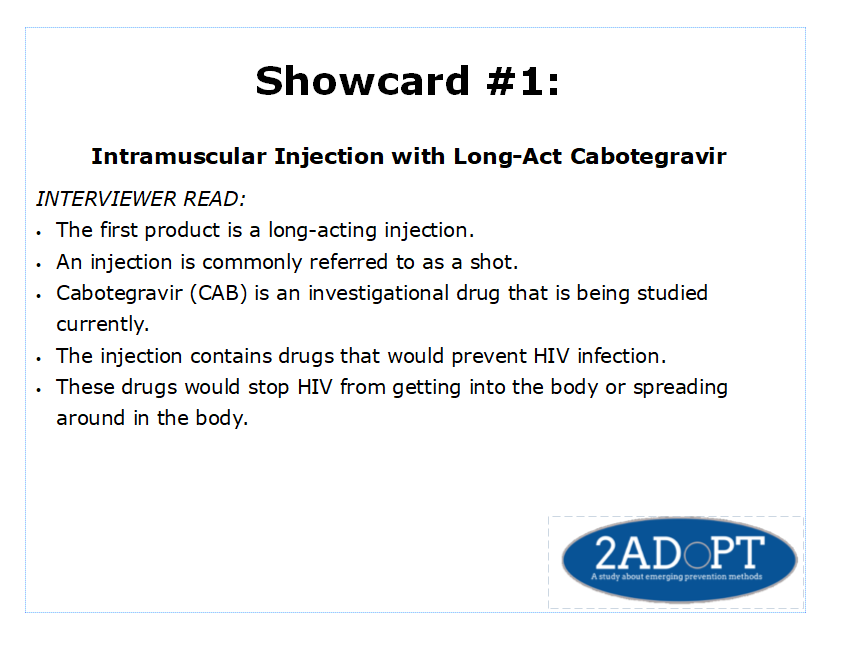
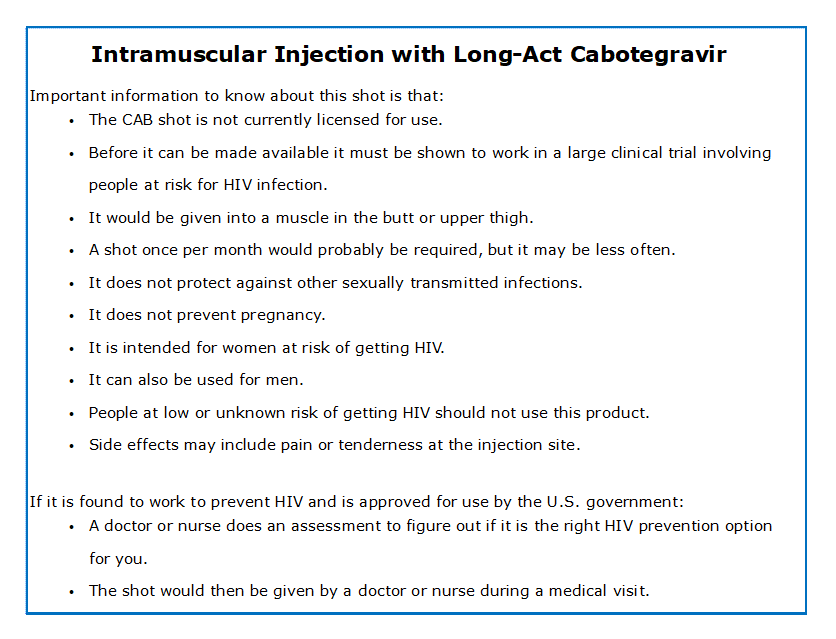
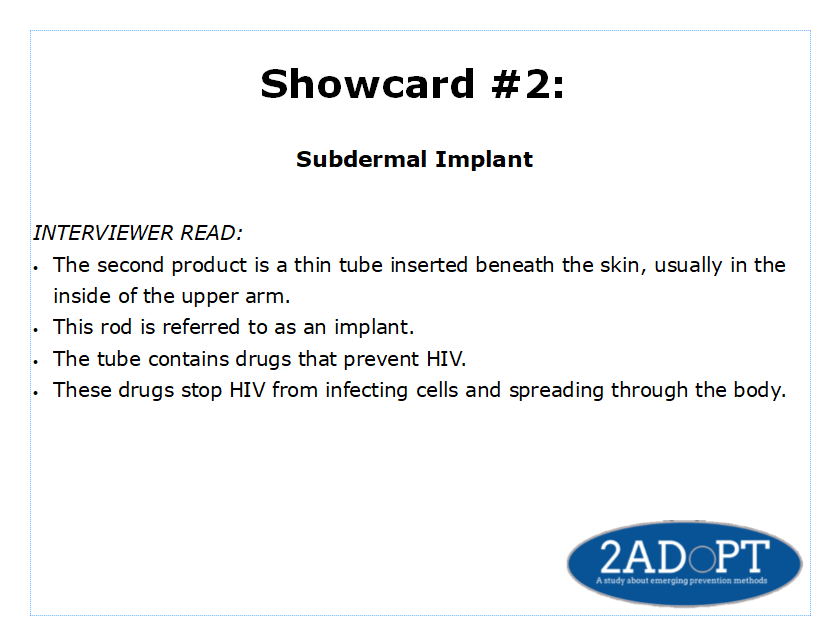
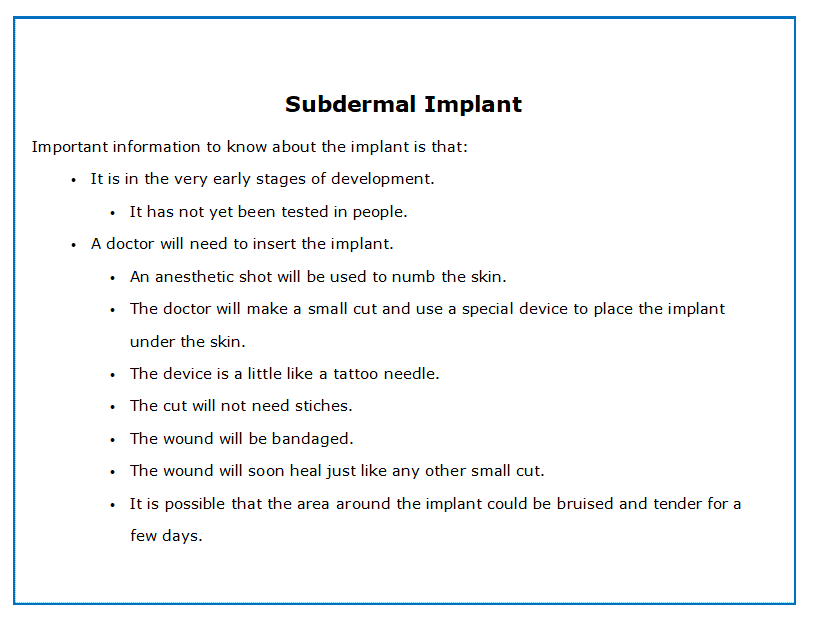
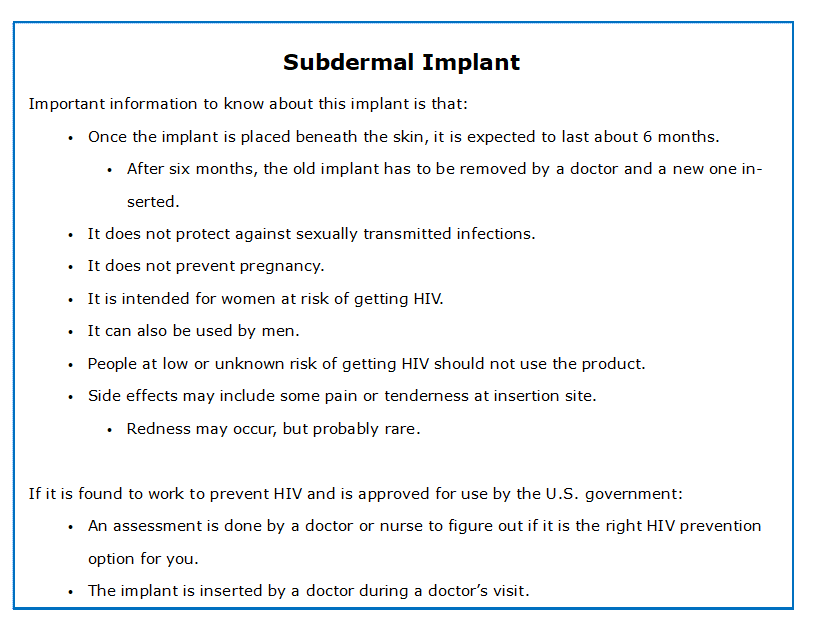
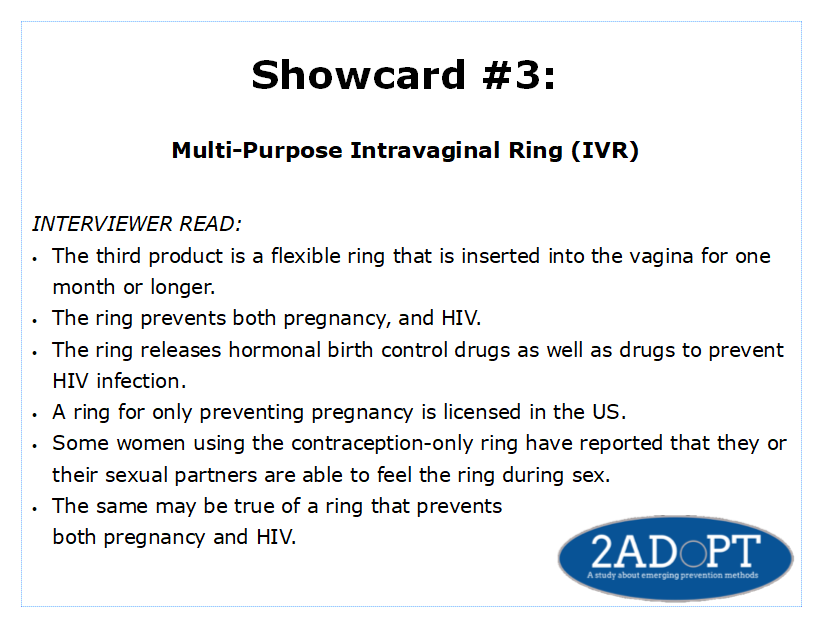
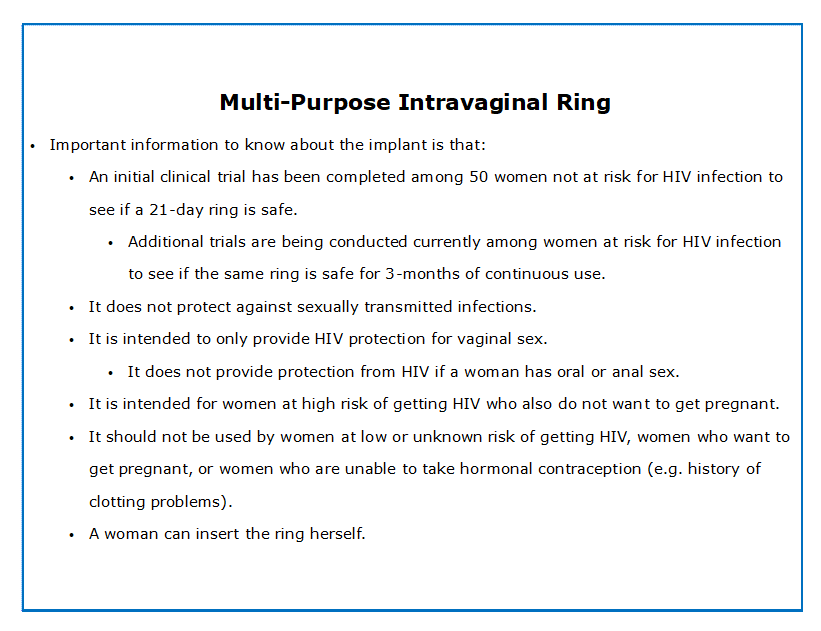
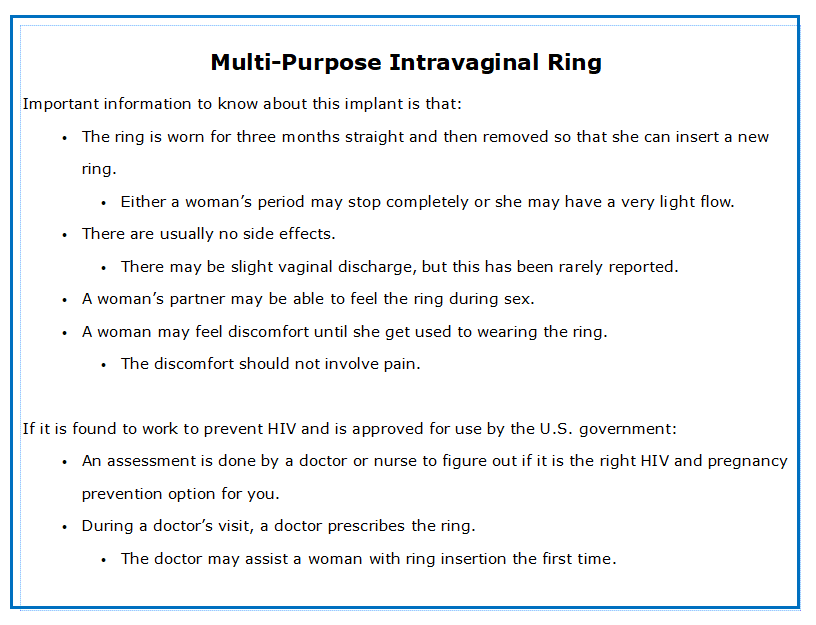
INSTRUCTION TO THE INTERVIEWER: Turn off audio recorder(s) and administer Demographic and Behavioral CAPI. |
Page
| File Type | application/vnd.openxmlformats-officedocument.wordprocessingml.document |
| Author | Carry, Monique (CDC/OID/NCHHSTP) |
| File Modified | 0000-00-00 |
| File Created | 2021-01-13 |
© 2025 OMB.report | Privacy Policy